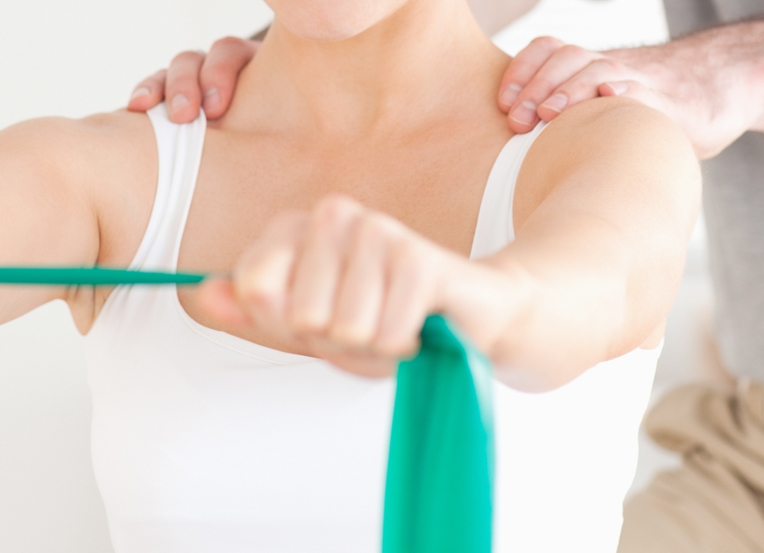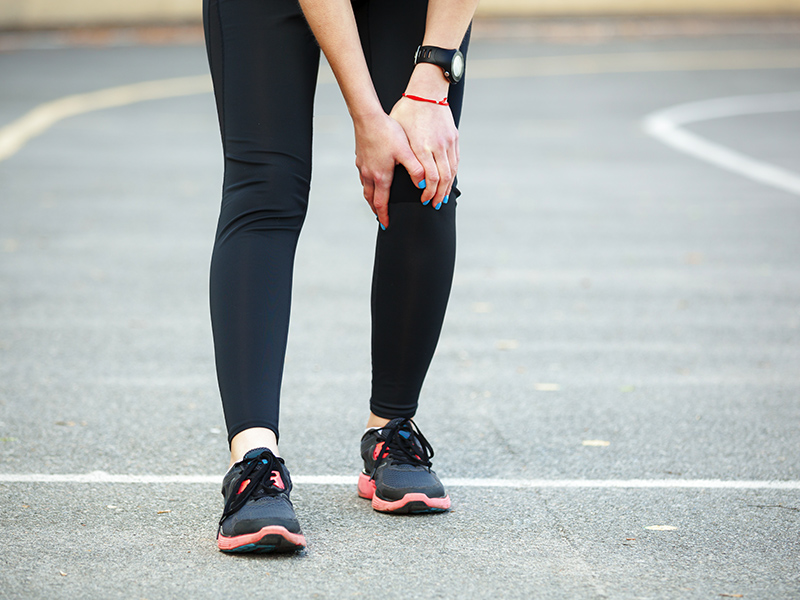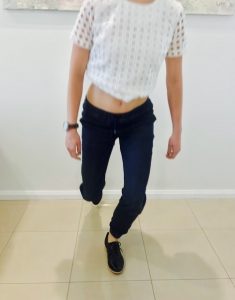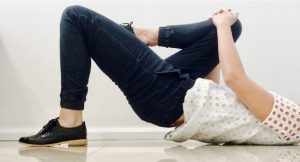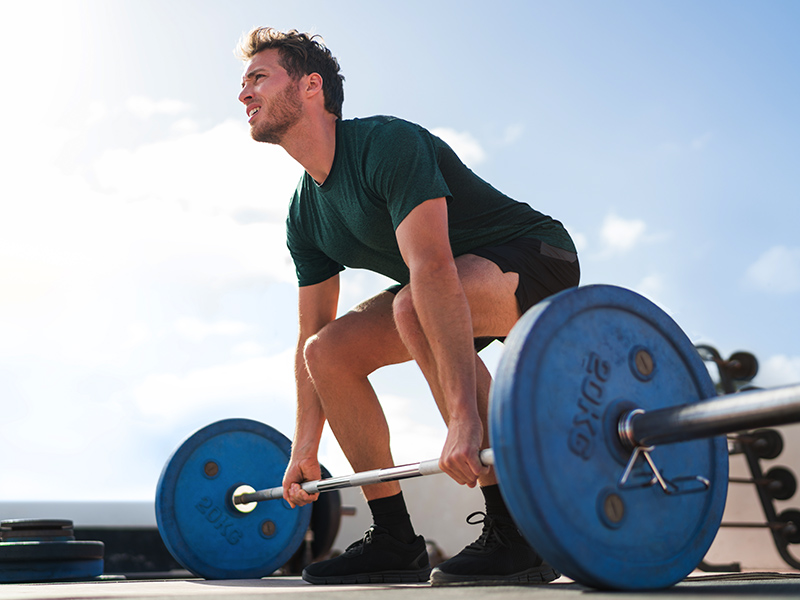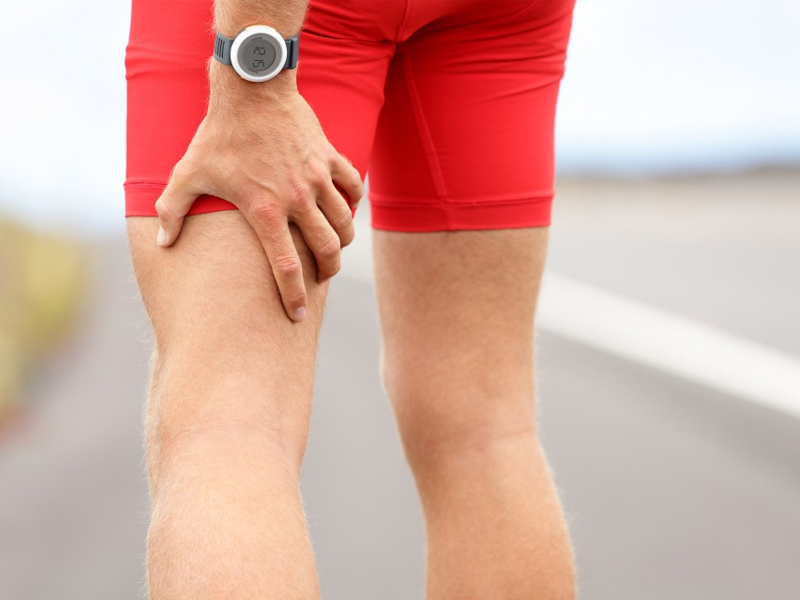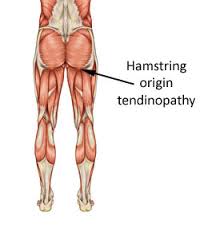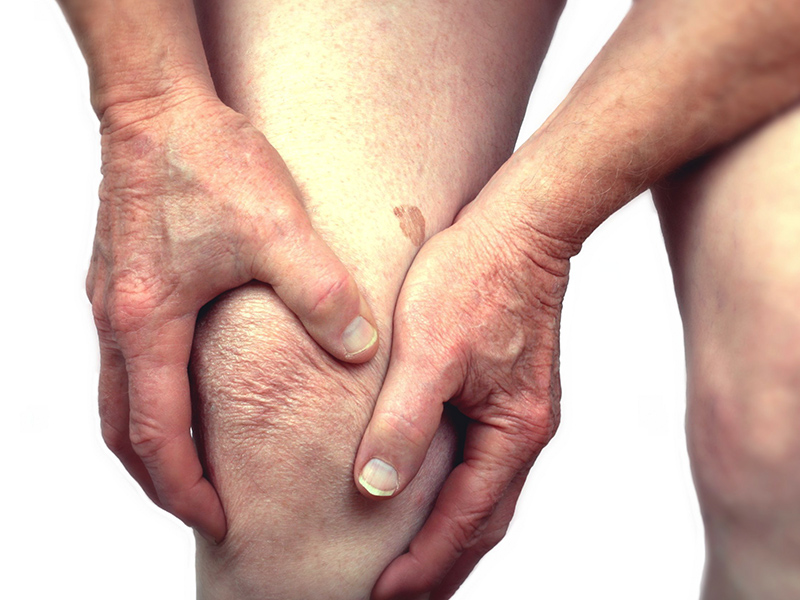Do I have a frozen shoulder?
Frozen shoulder or adhesive capsulitis is a condition affecting the shoulder joint capsule. It is characterised by a global stiffening of the shoulder that occurs spontaneously without any due cause. Frozen shoulder is often misdiagnosed in it’s early stages as it can appear to have very similar symptoms to other conditions of the shoulder.
What causes it?
Medical mystery! We are still yet to know the the TRUE cause of a frozen shoulder but we can narrow down some risk factors and sub groups that it typically affects.
What we do know:
- It affects 2-5% of the population
- 40-60 year olds are most at risk
- Higher prevalence in females
- Commonly affects the non-dominant arm
- Higher prevalence in patients post surgery
- Diabetic patients are at greater risk
- 20% of people tend to develop it in the other shoulder at some point
- Family history of frozen shoulder
I have a FROZEN shoulder NOW WHAT?
Frozen shoulder will take on average 12 months to 2 years to recover.
It generally will move through three distinct phases which include:
- Inflammatory Stage
– Associated with a spontaneous onset of shoulder symptoms
– Difficulty sleeping at night
– An inflammatory process creating a very painful shoulder
– Subtle stiffening of the shoulder into rotating the arm outwards and reaching behind your back
– It will tend to not respond to treatments
– Tends to be a constant dull pain in top part of upper arm - Freezing Stage
– Global loss of movement into ALL directions
– Fortunately slightly less pain and feels stiff into all directions of movement - Thawing-Out Phase
– A spontaneous return of normal joint motion
7 Tips to best manage your condition:
- The pain in your shoulder is self limiting and is not causing ‘damage’ to your tissues.
- Let nature run its course as this condition will spontaneously resolve with time.
- Physiotherapy can help at the right stage of treatment especially in late freezing to thawing stage. In the initial phases of this journey hands on treatment tends to worsen your shoulder symptoms.
- Pain relief can be achieved by using anti-inflammatories or a corticosteroid injection into the joint capsule. *Beware this will not improve your shoulder motion just dampen the pain!.
- Keep it moving as much as you can within what you can do – There is nothing wrong with the strength of your shoulder so keep it strong.
- Listen to your shoulder and when it wants to start to move then you can start a gentle stretching program under your Physio’s guidance.
- Passive techniques massage, acupuncture, dry needling DO NOT have long term benefits until the right stage of your frozen shoulder journey so do not waste that health fund rebate to quickly!.
Hope this helps you with your shoulder recovery!!
Patrick Lincoln
(Physiotherapist)

